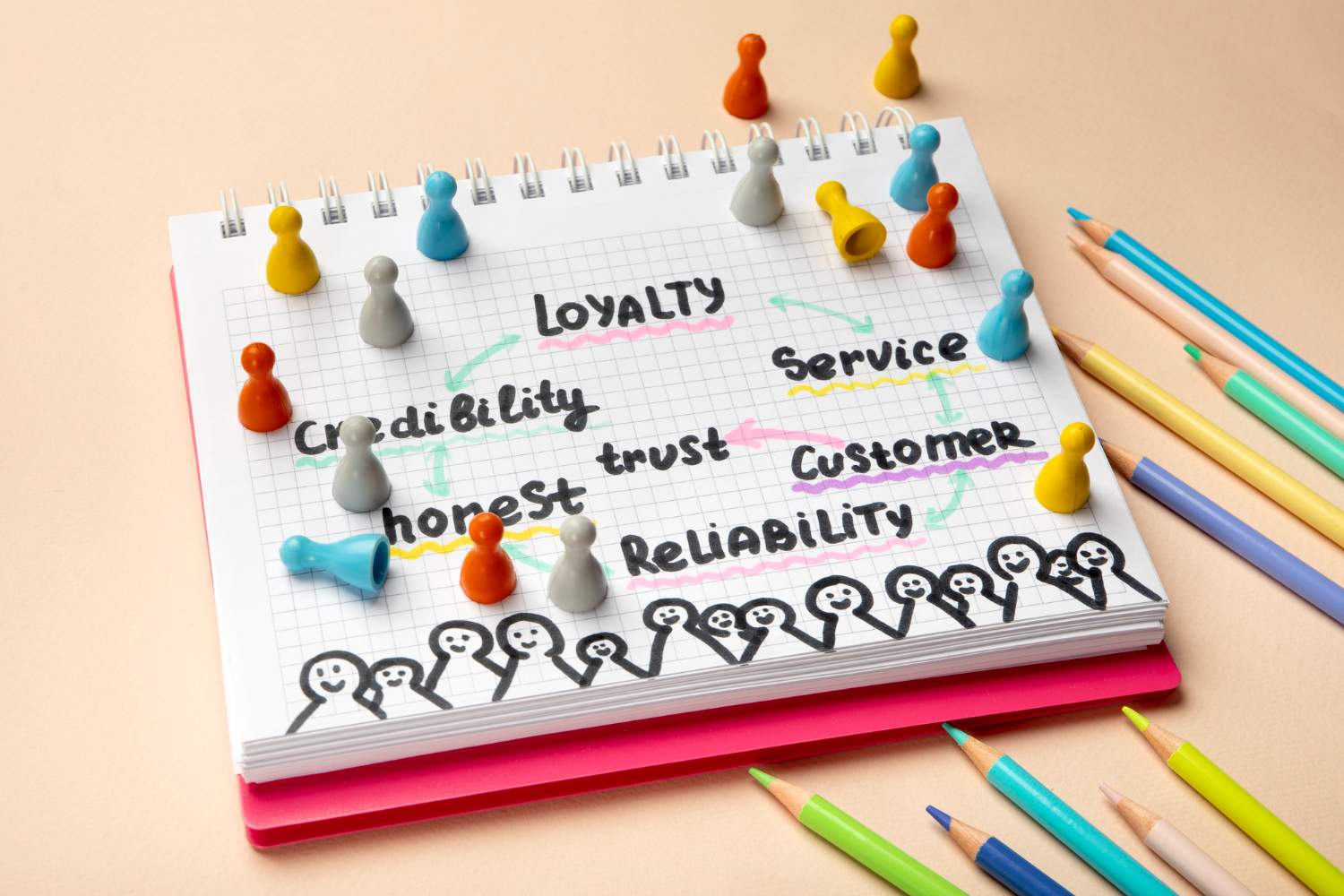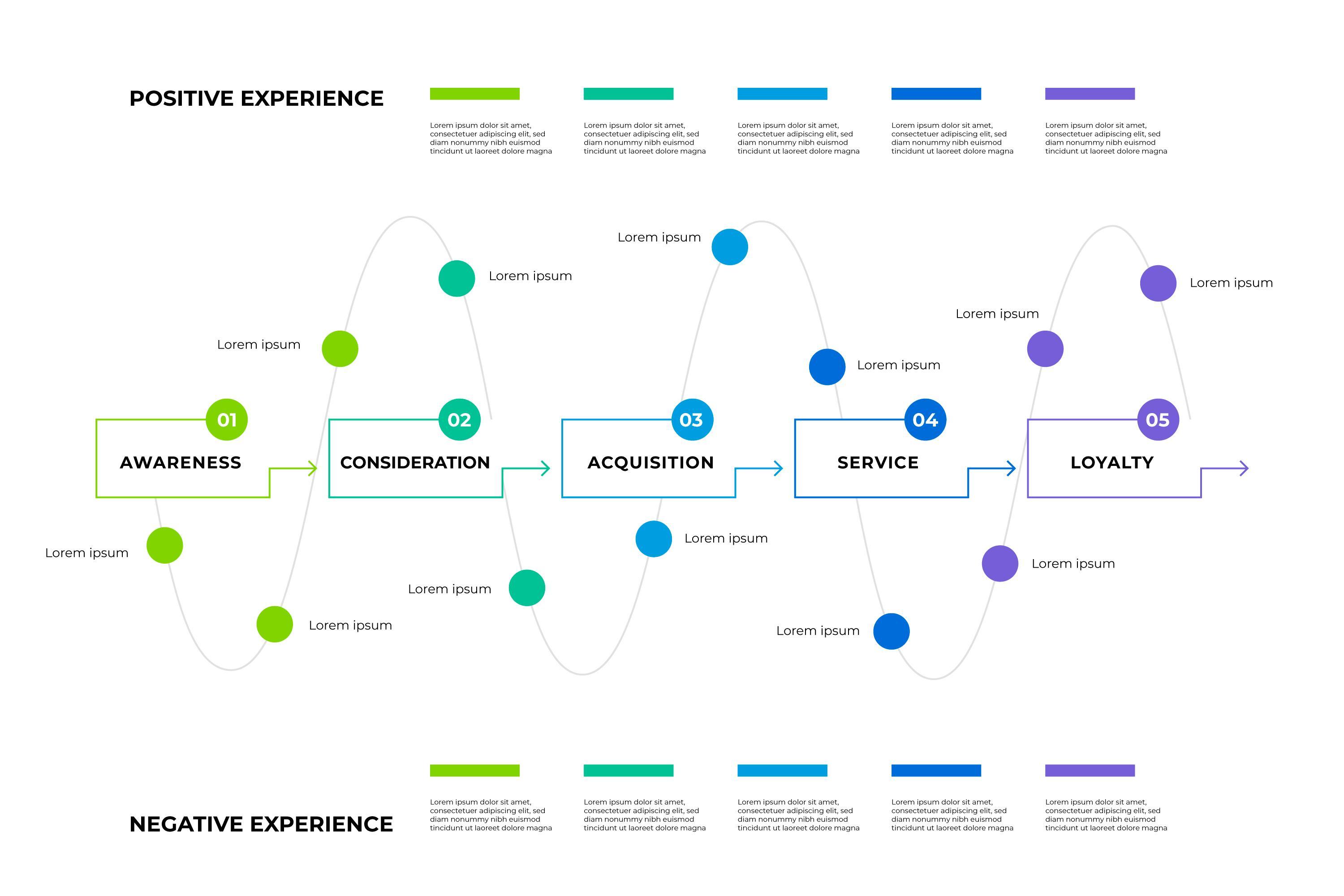1. It Builds Deep Customer Empathy
For me, this is the heart of it all. A customer journey map forces you to slow down and listen. It’s no longer about guessing what your audience wants, it’s about understanding what they actually experience.
When I started interviewing customers while building my first journey map, I discovered pain points I’d completely overlooked , things like confusing checkout buttons, slow onboarding emails, and too many pop-ups that made users feel pressured.
These insights didn’t come from analytics; they came from empathy. Once you feel your customer’s frustration, you design differently. You stop asking, “How do I sell this?” and start asking, “How can I make this easier, clearer, or more delightful?”
That’s the foundation of customer-centric marketing, and journey maps make it real.
You can connect this with Steps to Creating a Customer Journey Map, where I discussed capturing emotions at every stage.
2. It Breaks Down Silos Across Teams
Before I started mapping, my marketing, sales, and support teams worked in their own little worlds. Everyone had their KPIs, tools, and perspectives, but no shared story. The customer journey map became that shared story.
When I presented it in team meetings, I noticed something shift, instead of defending their territories, everyone began discussing how to improve transitions between stages. Marketing started aligning campaigns with what sales was hearing from leads. Support started sharing recurring user issues with product designers.
And suddenly, the customer experience became everyone’s responsibility. This alignment doesn’t just make teams more efficient, it creates a unified brand voice.
If you’ve read Customer Journey Map vs. Buyer Journey Map, you’ll see how this kind of alignment connects pre-purchase and post-purchase touchpoints seamlessly.
3. It Highlights Hidden Friction Points
Every business has blind spots, small frustrations that silently drive customers away. Sometimes it’s a form that’s too long. Sometimes it’s a vague pricing page. Sometimes it’s an email that never arrives at the right time.
When you create a journey map, these friction points become obvious. I remember mapping one client’s subscription flow and realizing their “Start Free Trial” button was buried below three paragraphs of text. We moved it up, and their sign-up rate jumped by 28% in a week.
That’s the power of visibility. Journey maps act like an X-ray for your customer experience, showing you exactly where attention drops or frustration spikes.
To understand where and why these gaps appear, revisit Components of a Customer Journey Map.

4. It Increases Conversion and Retention Rates
Here’s something I learned through trial and error, you can’t fix conversions by only tweaking ads or landing pages. Conversions improve when every step of the journey feels effortless.
When you optimize each stage, from discovery to checkout to follow-up, you naturally reduce drop-offs and increase trust. One of my favorite success stories was when a client revamped their onboarding emails after mapping the customer journey. Instead of generic “Welcome!” emails, we created personalized sequences based on user behavior. Their activation rate improved by 42%, and customer satisfaction scores followed.
Retention grew because customers felt seen, not sold to.
5. It Helps You Create Data-Driven Decisions
Customer journey mapping combines qualitative insights (emotions, feedback, interviews) with quantitative data (clicks, conversions, traffic). This mix gives you a complete view, one that’s both emotional and measurable.
For example, if analytics show users dropping off at the checkout page and interviews reveal they “don’t feel secure about payment,” you don’t just have data, you have a direction.
That’s how I approach strategy now. Instead of making assumptions, I make decisions backed by both logic and empathy. It’s a powerful balance, and it’s what turns average marketers into strategic storytellers.
6. It Enhances Personalization
If there’s one marketing truth I’ve learned, it’s this: people don’t want to feel like a number. They want to feel understood. Customer journey maps make personalization easier because you already know what customers want, when they want it, and how they behave.
- Tailor content by stage.
- Trigger specific messages based on emotions or behaviors.
- Offer meaningful solutions instead of generic campaigns.
For example, during the Consideration stage, I often send comparison guides or testimonials. During Retention, I focus on check-ins and value updates. These personalized touches build emotional loyalty, the kind that ads can’t buy.
7. It Builds Long-Term Loyalty
Mapping helps you understand that the real journey begins after purchase. It’s not just about what people buy, it’s about how they feel after buying. When customers feel supported, guided, and valued beyond the transaction, they naturally stay longer and advocate for your brand.
I’ve seen it firsthand. One of my clients implemented a post-purchase nurturing flow after mapping their journey, simple “how’s it going?” emails, personalized product tips, and gratitude notes. Their repeat purchase rate grew by 35% in three months.
That’s the compounding effect of emotional connection.
You can explore more about post-purchase engagement in Customer Journey Map vs. Buyer Journey Map.
8. It Future-Proofs Your Brand
Customer behavior changes constantly, new platforms emerge, preferences shift, and technology evolves. A journey map helps you stay adaptable because it gives you a real-time framework to track and adjust.
Whenever I see a new pattern (like users discovering us through TikTok or AI chat tools), I update my journey map to reflect it. This keeps strategies current, flexible, and ready for what’s next. In a world that moves fast, adaptability isn’t just an advantage, it’s survival.
My Takeaway
Over time, customer journey mapping has become one of my favorite strategic tools, not because it looks pretty on slides, but because it changes how teams think, talk, and design.
For me, the biggest benefit isn’t higher revenue (though that comes naturally). It’s the shift in mindset, from business-centered to human-centered. Once you understand your customer’s path, you stop chasing sales and start building relationships. And in the long run, relationships always outperform transactions.
Up next, let’s talk about the Components of a Customer Journey Map, the building blocks that turn all these ideas into something visual, tangible, and actionable.
Interesting Read
B2B Demand Generation: A Comprehensive Beginner’s Guide
Sales Funnels vs. Marketing Funnels: What’s the Difference?
Real-World Examples of Customer Journey Maps
Steps to Creating a Customer Journey Map
Customer Journey Mapping: Understanding Every Step of Your Customer’s Experience



